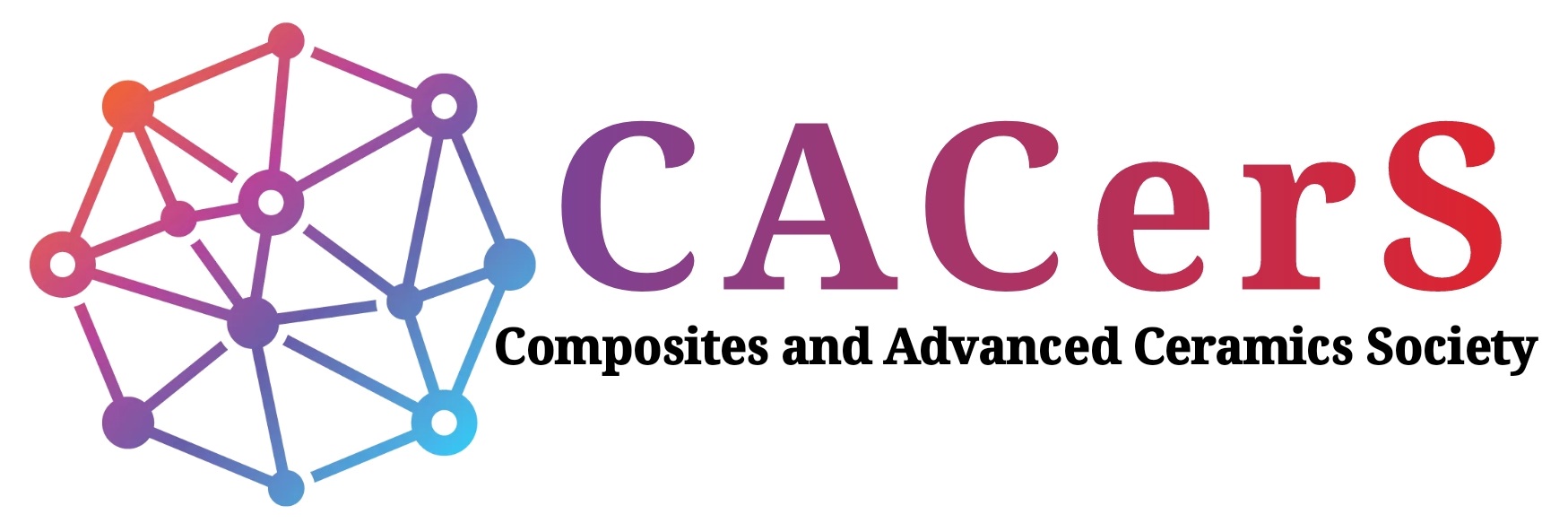ST3 – Ceramic and Geomaterials Processing
Ceramics covers fields as varied as that of traditional ceramics (refractories, sanitary ware, tiles and bricks, tiles, etc.) or that of so-called technical ceramics: ceramics for nuclear power, ceramics for thermomechanical applications, ceramics for electronic applications, bioceramics, etc. or ceramic matrix composite materials. The ceramic production process is experiencing more and more evolution and innovation from the choice of materials to sintering, including the pretreatment of materials, shaping and drying. Ceramic processing is used to produce commercial products that are very diverse in size, shape, complexity and material composition, structure and cost. Ceramic products that use natural minerals as raw materials must undergo special processing to control purity, particle size, particle size distribution and heterogeneity. These attributes play an important role in the final properties of the finished ceramic. Chemically prepared powders are also used as raw materials for some ceramic products. These synthetic materials can be controlled to produce powders with precise chemical compositions and particle sizes. Some ceramic products such as electrical insulators, tableware and tiles may then undergo a glazing process. Certain ceramics intended for advanced applications may undergo a machining and/or polishing step in order to meet specific technical design criteria.
Geomaterials are any rock or mineral of economic value used in industrial processes or technical applications, excluding metals, precious stones or energy-producing resources. Under this generic term of “geomaterials”, the main materials are soils, rocks and concrete.
Cement concrete is a composite geomaterial made from natural aggregates (sand, gravel) or artificial aggregates (light aggregates) agglomerated by a water binder (cement).
New geomaterials are generally geocomposites: reinforced soils and clays, fiber concretes, high-performance concretes, etc. In the modern economy, geomaterials are essential for the construction of buildings and highways. The most used geomaterials range from limestone to clays, feldspars to bentonite, etc. (e.g. silica, barite, gypsum, potash, perlite, pumice, flake graphite, talc, etc.). The evaluation of raw materials to determine their suitability for use as geomaterials requires technical tests, mineral processing trials, evaluation of the final product and above all scientific studies on the composition and physicochemical characteristics of the geomaterials. For these reasons, research that can contribute and deepen knowledge on geomaterials and/or industrial minerals and their applications from a comprehensive environmental sustainability perspective is welcome in this session.
Abstract submission
BP 23204
87032 Limoges - France
Tél. +33 (5) 05 55 14 91 00
